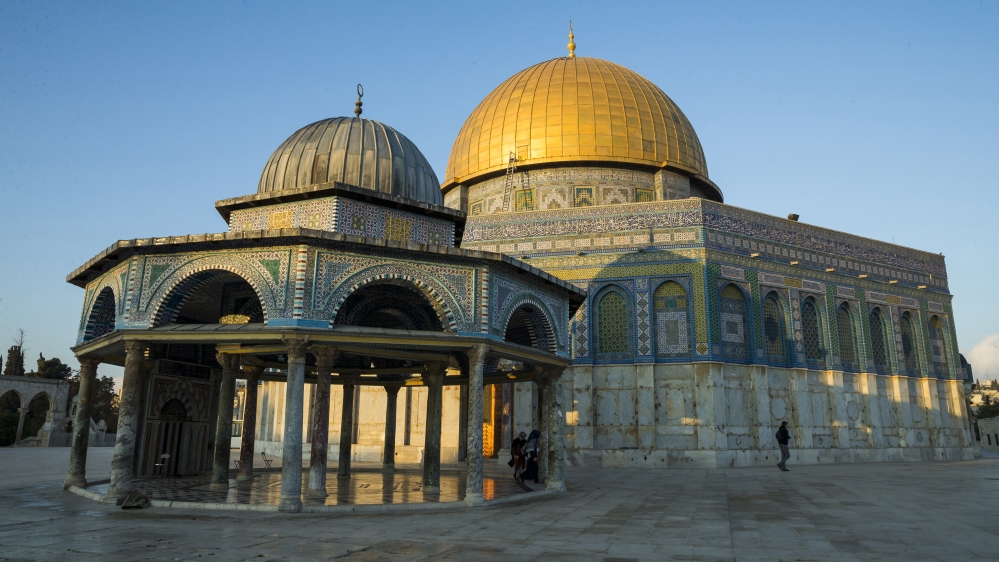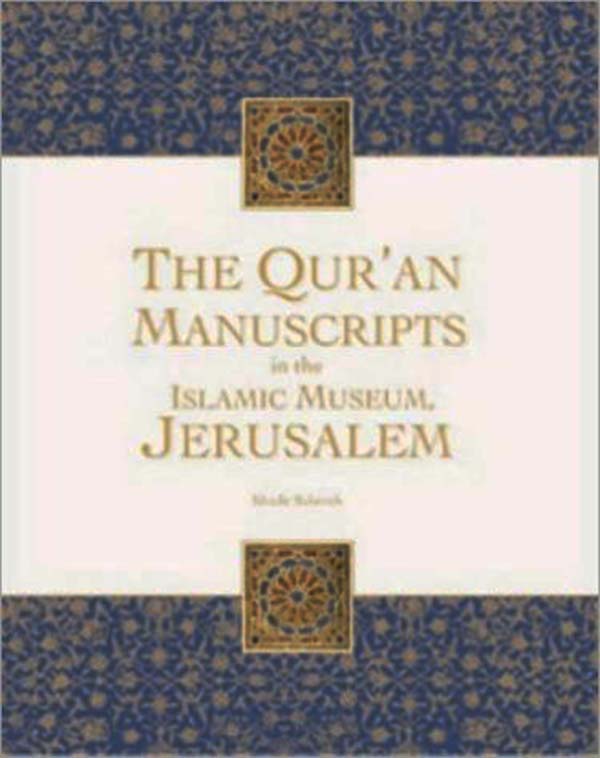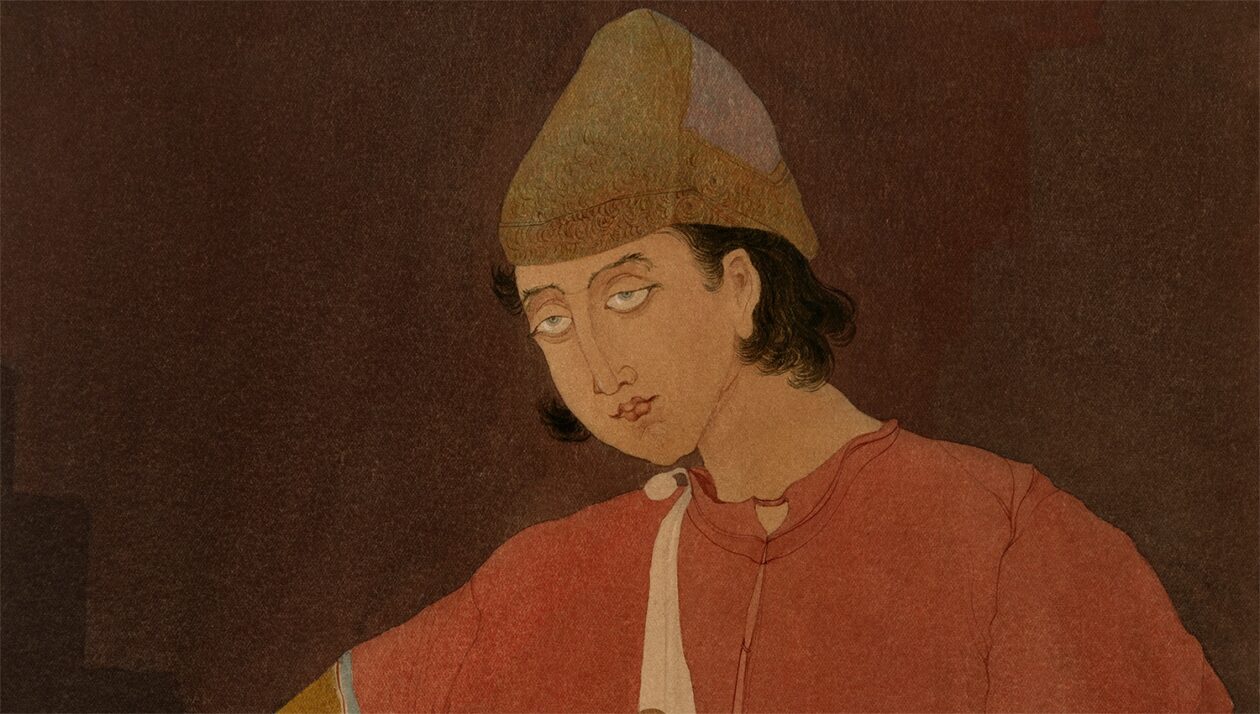A RELATIVELY UNKNOWN SOURCE OF QURANIC MANUSCRIPTS
THE TREASURE IN THE LIBRARY OF AL-AQSA MOSQUE JERUSALEM

Perhaps the rarest and most elegant collection of Holy Qurans in the world is in the library of Al-Aqsa mosque and in fact are not in good condition and their state of preservation in gradual decline. The Al-Aqsa mosque itself is in acute danger as the Jewish authorities see it as a hurdle in making of the Temple of Hazrat Sulaiman on the same site. So when the sacred mosque is itself in danger, what can one say about its library. The best produced Qurans presented to the sacred place by the most influential Muslims of all times; Kings, Queens, Nobility as well as Holy men. The interesting part is that a voluminous catalogue of same has been published and we will share portions of it in the near future..

The Muslim world must come up with a plan to save the mosque as well as the rarest Quran copies in the world. A legacy of the greatest Caliph of all times, Hazrat Umar would surely ask us, what we did to safe guard his gift to Islam. The hypocrisy of Mullahs and the Secular coming out clearly by their neglect of most important issue of 2019. Then after that they will start destruction here, reflecting their impotence in international fields. One can only wonder how intelligent minds can be misled by fairy tales, and can hold beliefs which even a little intelligence can say are result of utter confusion. In the fight between Good and Evil, evil can never triumph, for it has in itself its own seeds of destruction by Divine Will. Have sympathy on human kind, for in any egalitarian society, every one matters. Every one is important to Allah!
Description of published book
Of the many ways in which Muslims through the ages have sought to express their faith, none is more impressive than that of Qur’anic calligraphy and illumination. The legacy of this elaborate art forms a comprehensive yet cohesive whole which has both assimilated and adapted to the cultural differences that exist over the vast distances separating the regions of the Islamic world. In this beautifully illustrated book Khader Salameh shows how the art has developed over time as he studies a selection of Qur’an manuscripts held in the al-Haram al-Sharif Islamic Museum in the al-Aqsa Mosque, Jerusalem. These preserved copies of the Qur’an have been donated to the Mosque during various successive Islamic periods by individual Muslims, rulers, sultans, princes, ulama and others. They differ in size, calligraphy and ornamentation – such as gold inlaying – according to the technical and material resources available. The entries are arranged chronologically and identified by the name of the donor, if known , and by a museum registration number. Salameh gives a detailed account of each manuscript, including its date, dimensions, binding, illuminated opening pages and body text. He summarizes the contents of any citations, endowment texts or colophons and identifies any Qur’anic verses that feature in the illuminated panels. The book is richly illustrated with colour photographs showing every decorative element worthy of study. As well as a detailed study of the selected manuscripts, the book presents a general overview of the Museum’s holdings and provides a textual history of the Qur’an. It describes the four types of script used in Qur’an manuscripts, and also the different types of binding and illumination. Many rare pieces of the Qurans are included in the collection: the calligraphic kufic copy of the Qur’an dating back to the third/fourth century is the earliest example of this type of calligraphy and ornamentation; and the thirty-part Maghribi Rab’ah, bequeathed by Sultan Abu al-Hasan al-Marini of Morocco in AH 750, is the only manuscript remaining from the three collections that he dispatched to the mosques of the three most holy cities of Islam (Mecca, Medina and Jerusalem). In bringing these fascinating manuscripts to the attention of the world, Khader Salameh hopes to generate concern for their preservation before the passage of time takes its toll upon them. In conjunction with UNESCO, the director of the Islamic Museum and director of the al-Aqsa Mosque library Khader Salameh has written this book with the aim of drawing international attention to these fascinating manuscripts, in the hope that this will lead to concern for their preservation before the passage of time destroys them completely. He is also the author of several indexes of other Jerusalem manuscripts.

Allah gives strength when decisions made.